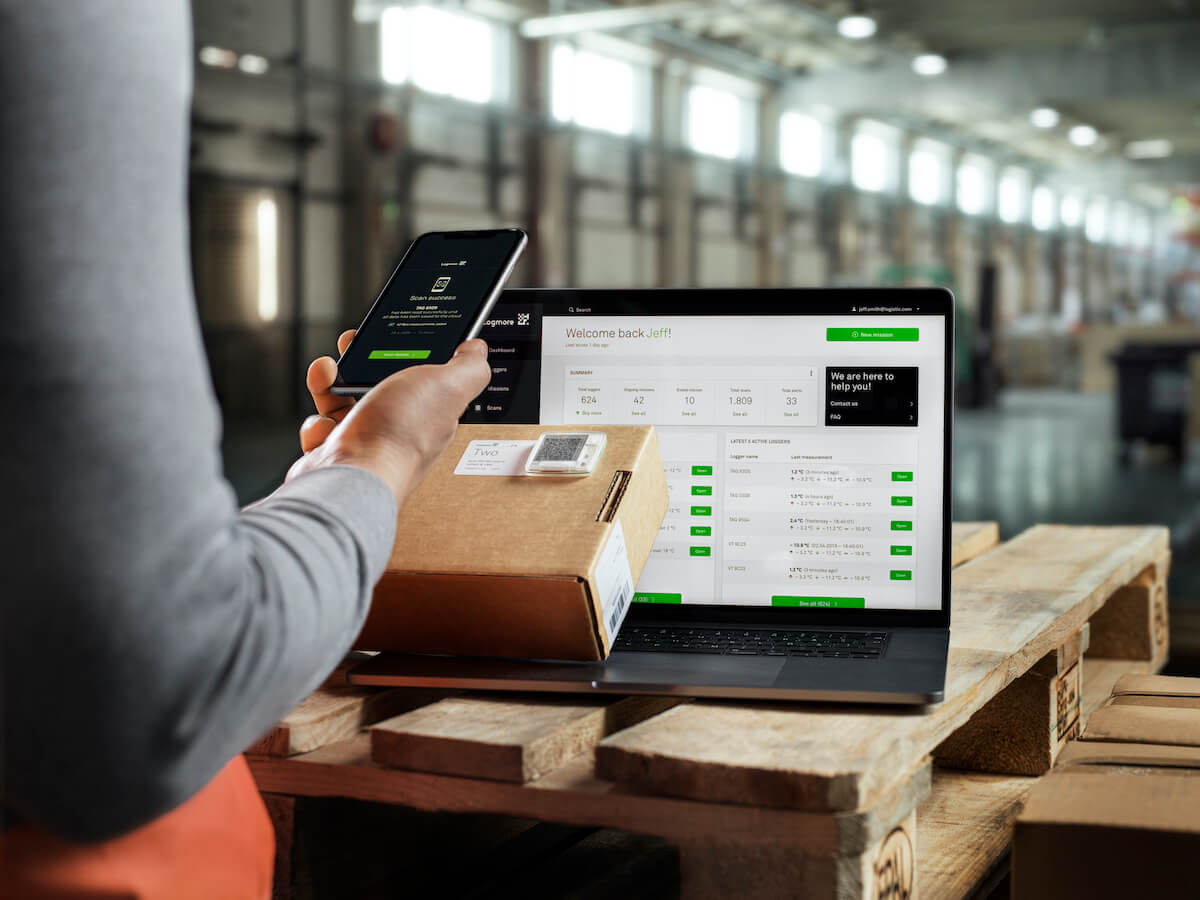Ensuring Freshness: The Role of the Cold Chain Monitoring Market in Global Supply Chains
In an era where product quality, safety, and regulatory compliance are paramount, the cold chain monitoring market has emerged as a crucial player in the global supply ecosystem. Cold chain monitoring involves tracking and managing the temperature, humidity, and location of perishable and temperature-sensitive goods during storage and transit. This includes pharmaceuticals, food and beverages, chemicals, and biological products.

As global demand for vaccines, fresh produce, and biologics continues to surge, the integrity of the cold chain becomes non-negotiable. Even minor deviations in temperature can compromise product safety, leading to financial loss and health risks. This is where cold chain monitoring technologies ensure accountability and visibility from origin to destination.
What is Cold Chain Monitoring?
Cold chain monitoring is the practice of using sensors, IoT devices, software platforms, and analytics tools to ensure that products are kept within their required environmental conditions throughout the supply chain. These solutions collect real-time data on temperature, humidity, shock, and other parameters, allowing for proactive adjustments and compliance with industry standards.
This system is vital for industries like pharmaceuticals (especially with the global distribution of temperature-sensitive vaccines), food safety, and even high-end electronics.
Market Drivers of the Cold Chain Monitoring Market
1. Increasing Demand for Biopharmaceuticals
The growth in personalized medicine, mRNA vaccines, and biologic therapies requires highly sensitive storage conditions. Cold chain monitoring helps pharmaceutical companies meet regulatory and product safety requirements.
2. Rising Need for Food Safety
Global food distribution has expanded, requiring robust monitoring to prevent spoilage, contamination, and wastage. Fresh produce, dairy, and seafood demand accurate environmental tracking.
3. Stringent Government Regulations
Organizations such as the FDA, WHO, and EU regulatory bodies have set stringent guidelines for cold chain maintenance. Compliance is not optional, driving investment in monitoring technologies.
4. Growth in Global Trade
As international trade grows, the complexity of logistics increases. Cold chain monitoring ensures that perishable goods reach markets across long distances in optimal condition.
5. Technological Advancements
IoT, blockchain, cloud computing, and AI are transforming the cold chain monitoring market by enabling real-time alerts, predictive analytics, and full visibility across global networks.
Market Segmentation
By Component
Hardware (Sensors, Data Loggers, RFID Tags)
Software (Data Analytics, Monitoring Platforms)
Services (Installation, Maintenance, Consulting)
By Application
Pharmaceuticals and Healthcare
Food and Beverages
Chemicals
Others (Floral, Art)
By Temperature Type
Frozen
Chilled
Ambient
By End User
Transportation and Logistics
Warehousing
Retail
Regional Insights
North America dominates the cold chain monitoring market due to the presence of pharmaceutical giants, advanced logistics infrastructure, and strong regulatory frameworks.
Europe follows closely with a focus on food traceability and medical logistics.
Asia-Pacific is experiencing the fastest growth, driven by rising vaccine distribution and increased food exports in countries like China, India, and Japan.
Latin America and Middle East & Africa are emerging markets with growing needs for infrastructure development and healthcare modernization.
Key Players in the Cold Chain Monitoring Market
Some of the key players shaping the cold chain monitoring market include:
Sensitech Inc.
ORBCOMM
Berlinger & Co. AG
Emerson Electric Co.
Carrier Global Corporation
ELPRO-BUCHS AG
Monnit Corporation
Controlant
Signatrol
Savi Technology
These companies offer solutions that include wireless sensors, GPS-enabled tracking, cloud-based analytics, and integrated logistics platforms.
Trends Shaping the Cold Chain Monitoring Market
1. IoT-Enabled Monitoring
IoT devices offer continuous monitoring and instant data transmission, providing real-time alerts when thresholds are breached.
2. Blockchain for Traceability
Blockchain technology enhances transparency and accountability across supply chains, ensuring tamper-proof records for regulators and stakeholders.
3. Cloud-Based Analytics
Cloud platforms are being adopted for scalability, allowing stakeholders to access monitoring data globally for faster decision-making.
4. Predictive Maintenance
Using AI and machine learning, businesses can anticipate equipment failures and act proactively to prevent spoilage or breakdowns.
5. Sustainable Solutions
Eco-friendly refrigerants, energy-efficient sensors, and sustainable packaging are gaining traction to align with environmental regulations and goals.
Challenges in the Cold Chain Monitoring Market
High Installation Costs: Initial investments in sensors, platforms, and training can be significant, particularly for small and medium enterprises.
Connectivity Issues: Remote areas may lack stable internet connections, hampering real-time data transmission.
Data Overload: Managing and analyzing large volumes of sensor data requires robust infrastructure and skilled personnel.
Regulatory Complexity: Adapting to a diverse set of global regulations and standards can be challenging, especially in multi-country operations.
Lack of Standardization: Inconsistent standards for sensors, data formats, and software can hinder interoperability between systems.
Future Outlook
The cold chain monitoring market is poised for sustained growth over the next decade. Increased global vaccination drives, expanding e-commerce grocery delivery, and the evolution of smart packaging are opening new frontiers. Emerging economies are investing in cold chain infrastructure, further broadening the market's scope.
The integration of AI, 5G, and blockchain will lead to more responsive, transparent, and resilient cold supply chains. As the world becomes more interconnected and customer expectations for quality continue to rise, the importance of robust cold chain monitoring will only intensify.
Conclusion
The cold chain monitoring market is an indispensable component of modern supply chains, ensuring the safe, efficient, and compliant transport of temperature-sensitive goods. As industries continue to globalize and consumers demand higher quality and safety standards, investments in advanced monitoring solutions will become critical. With the convergence of technology, regulation, and sustainability, this market is set to redefine how perishable goods move across the world.
Comments
Post a Comment